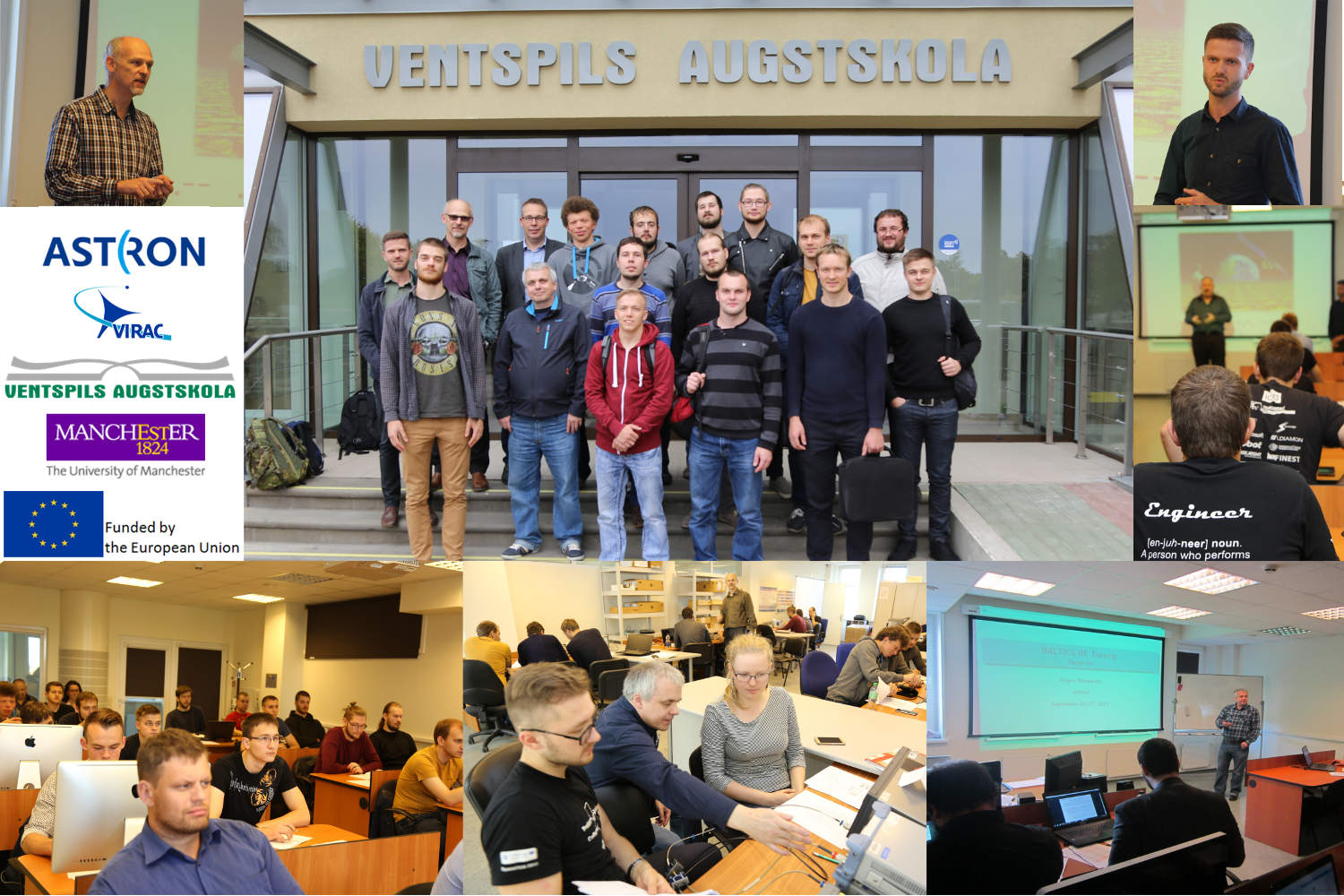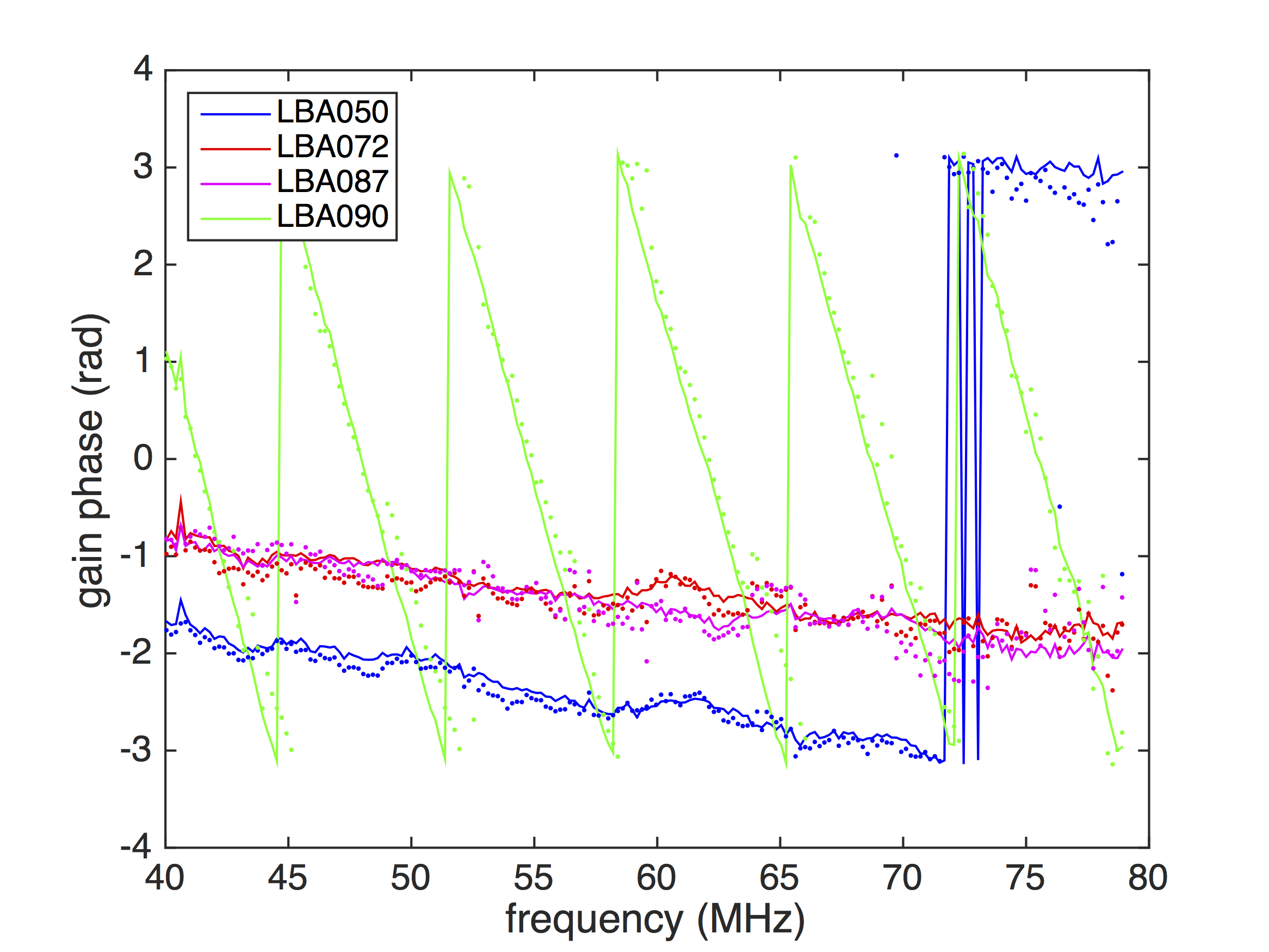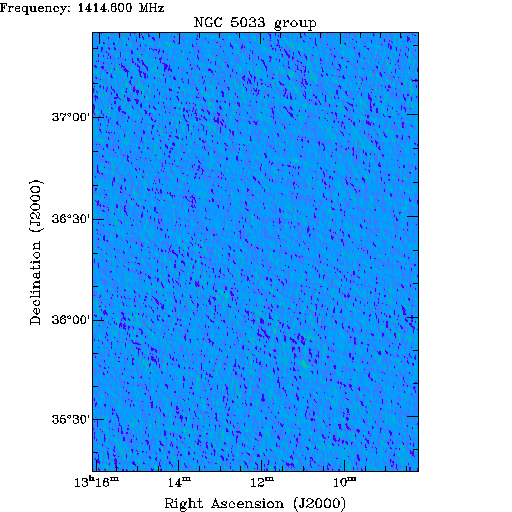![]() © Photos: Henri Meulman, Nico Ebbendorf
© Photos: Henri Meulman, Nico Ebbendorf
During the ILT Board meeting of 26th September 2017, the official signing of full membership of the Irish LOFAR consortium (I-LOFAR) in the International LOFAR Telescope(ILT) foundation took place.
Witnessed by ILT director Dr. René Vermeulen and the ILT-board members, Professor Peter Gallagher on behalf of the I-LOFAR consortium, together with ILT Board Chair Prof. Philip Best, signed the membership certificate (see picture), confirming that Ireland is the lucky 7th European country to have membership in the International LOFAR telescope!
LOFAR is a multi-national facility, with ASTRON as the coordinating operational entity for the International LOFAR Telescope. It is a Foundation under Dutch law, and has board members from LOFAR consortia in each of the countries where LOFAR stations are located. The telescope consists of 38 stations in the Netherlands, six in Germany, three in Poland, and one in France, Sweden and the UK. In July 2017, IE613, the thirteenth International LOFAR station, was completed on the grounds of Birr Castle in Ireland (see picture below) The data taken by individual LOFAR stations can be locally processed for scientific programmes, and are also transported by fiber links for combined processing in a central super computer hosted at the University of Groningen in the Netherlands: the ILT is now an aperture synthesis telescope network which spans over 2000 km; it is the largest and most powerful low frequency radio telescope in existence.
The I-LOFAR consortium is consisting of following universities and institutes:
Trinity College Dublin, Armagh Observatory, University College Dublin, National University of Ireland - Galway, Dublin Institute for Advanced Studies, Dublin City Univerisity, Athlone Institute of Technology and University College Cork.
The Irish membership of the ILT not only has significantly enlarged the long-baseline capabilities of LOFAR, but also will contribute to new exiting science with this radio telescope!
Pictured here are:
Left picture: Dr René Vermeulen (Director of ILT), Prof. Peter Gallagher (Head of the I-LOFAR Consortium) and Prof. Philip Best (Chair of the ILT Board).
Right picture:
Prof. Dominik Schwarz (DE), Prof. Andrzej Krankowski (PL), Prof. Carole Jackson (ASTRON), Prof. Peter Gallagher (IE), Dr. René Vermeulen (ILT/ASTRON), Prof. Philip Best (UK), Prof. Huub Rottgering (NL), Dr. Marijke Haverkorn (NL).
Picture below, right:
The I-LOFAR station was officially opened on 27th of July by the Irish Minister of State for Training, Skills, Innovation, Research and Development, John Halligan T.D., in the presence of Lord Rosse (who generously made available the land at Birr Castle), I-LOFAR Chair Prof. Peter Gallagher and other representatives of the I-LOFAR consortium, ILT Director René Vermeulen and ASTRON Roll-out manager Nico Ebbendorf, many other well-wishers, and members of the press.
Picture below left: LOFAR station at Birr, Co. Offaly Ireland.
 © ASTRON
© ASTRON © Photos: Henri Meulman, Nico Ebbendorf
© Photos: Henri Meulman, Nico Ebbendorf © public
© public © Jasper Annyas & Auke Klazema
© Jasper Annyas & Auke Klazema © Mercedes Filho
© Mercedes Filho © Ilse van Bemmel
© Ilse van Bemmel © Jasper Annyas & Auke Klazema
© Jasper Annyas & Auke Klazema © @Astron
© @Astron © Photo: Thomas Jurges
© Photo: Thomas Jurges © Photo: Thomas Jurges
© Photo: Thomas Jurges © @Astron
© @Astron © NOVA Optical Infrared instrumentation group
© NOVA Optical Infrared instrumentation group © Colloquium / public use
© Colloquium / public use © Stefan Wijnholds
© Stefan Wijnholds © Astron
© Astron © ASTRON
© ASTRON.jpg) © ASTRON
© ASTRON © LOFAR Surveys Key Science Project
© LOFAR Surveys Key Science Project







